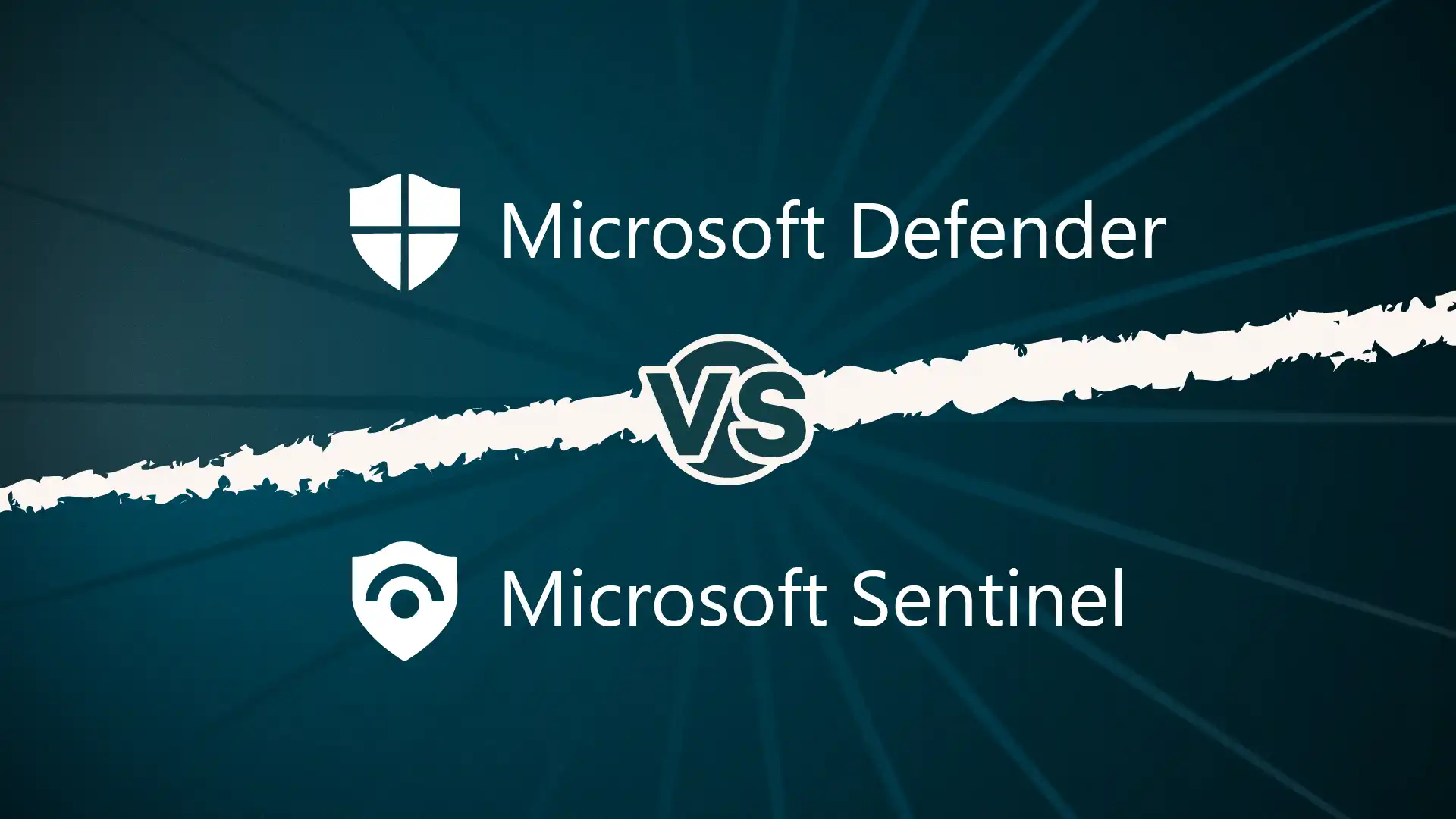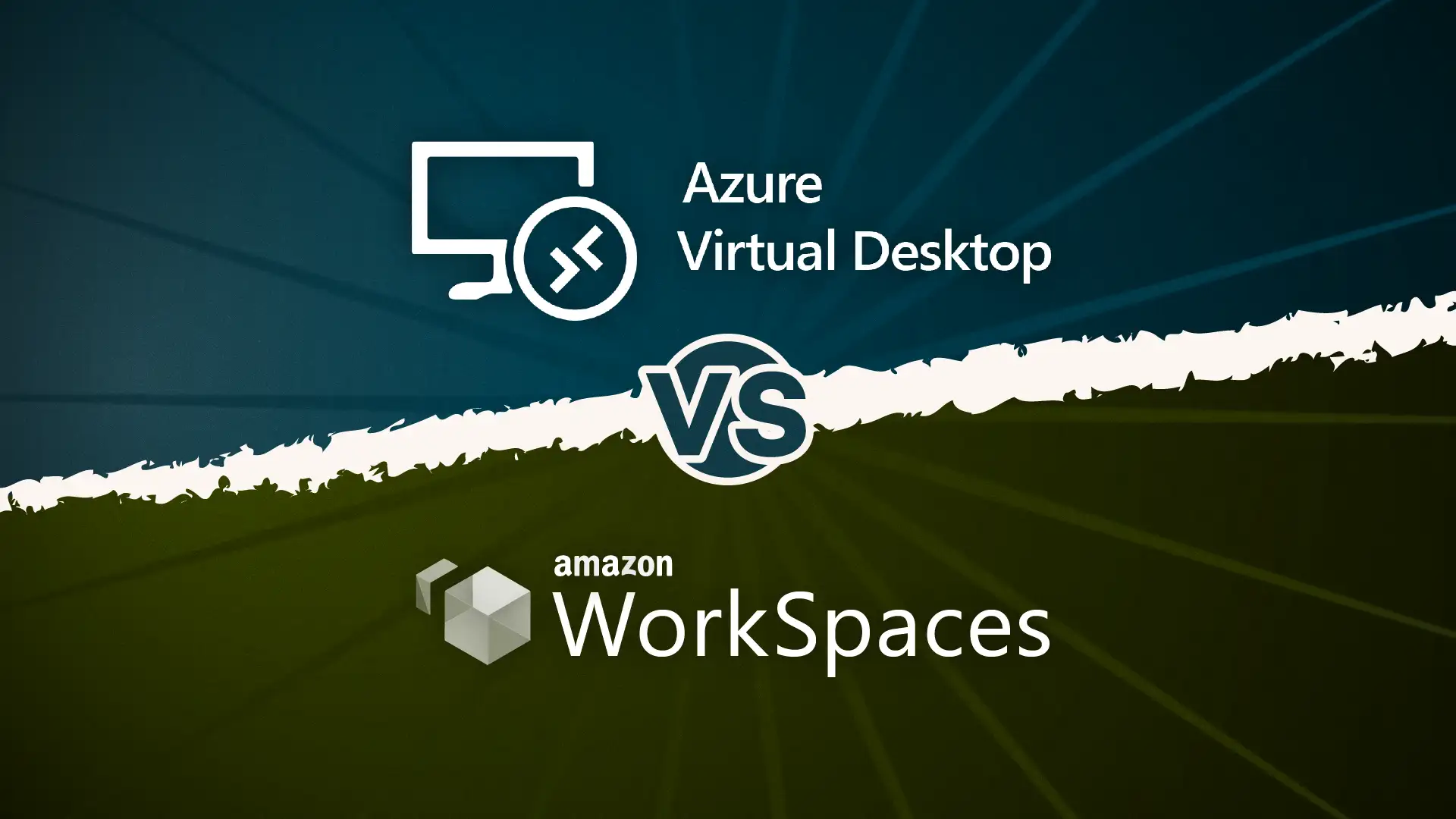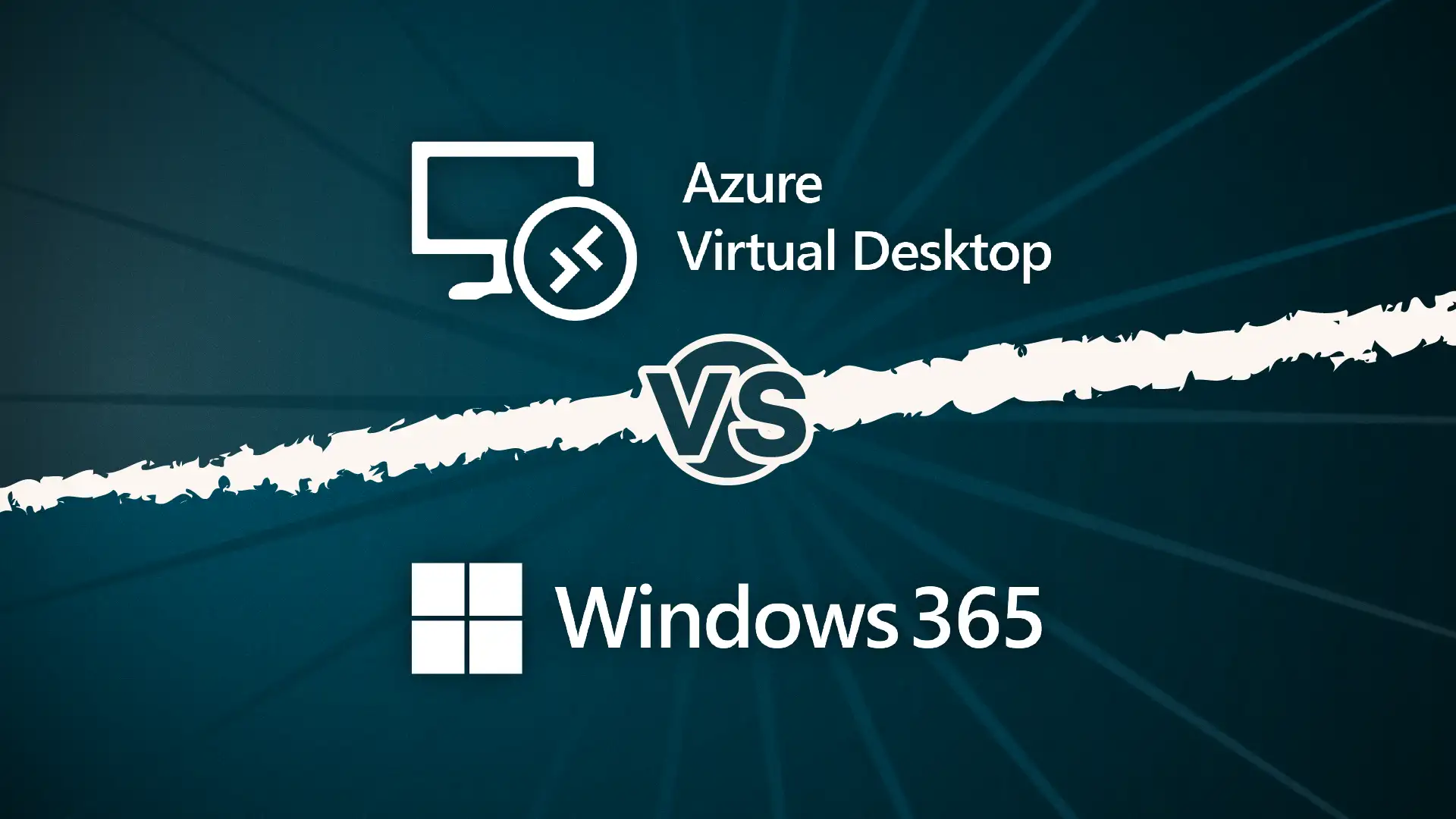After more than 15 years of working with Microsoft products, I’ve always seen the MVP program as the gold standard in our industry. The people who held that title were the ones I looked up to — experts who weren’t just brilliant at what they did, but who went out of their way to share knowledge and give back to the community.
For a long time, I stayed on the sidelines. Inspired, yes — but also unsure. Unsure if I had something valuable enough to share. Unsure if I belonged in the same conversation.
This year, I decided to step forward. I put myself out there in ways I hadn’t before: sharing more, speaking more, contributing more. And to my surprise — and honestly, a fair amount of humility — I’ve been recognised as a Microsoft MVP in Azure Infrastructure as Code.
That sentence still feels surreal to write!





